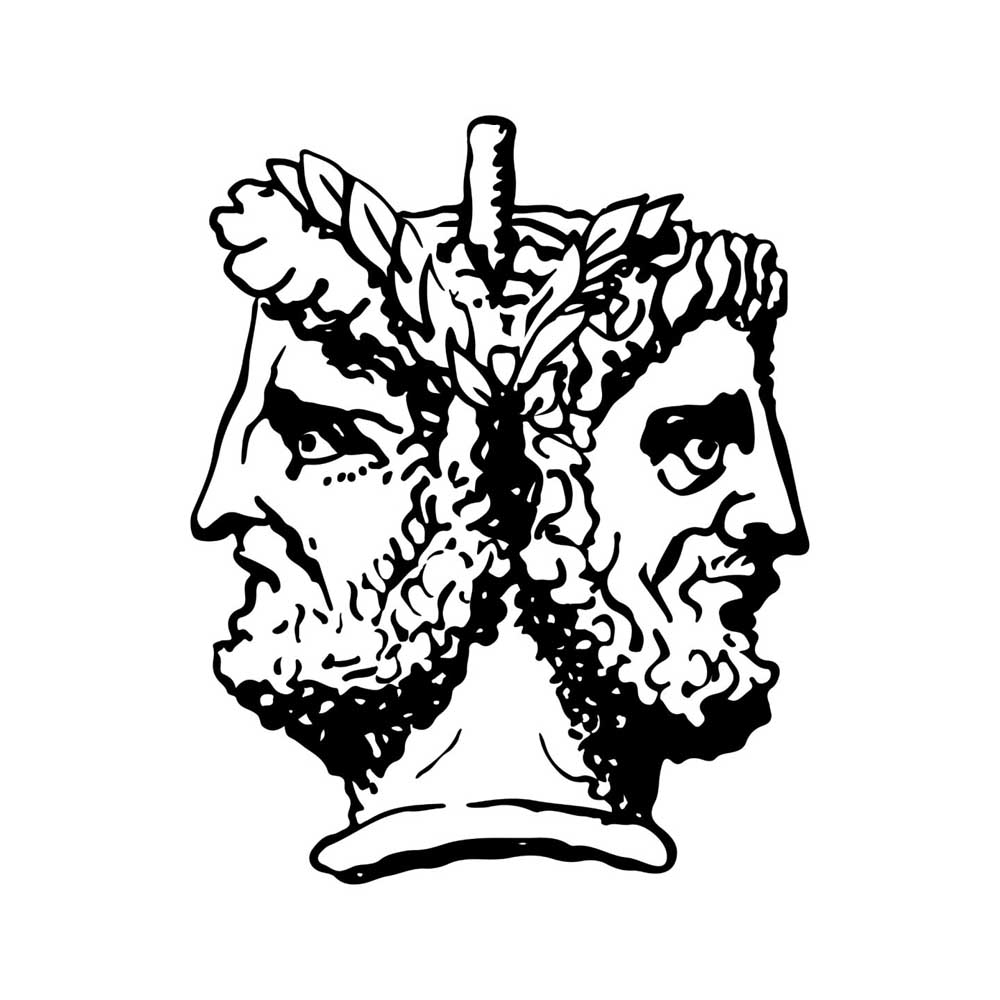Gardening corner: Celebrating Janus, the New Year
Published 3:00 am Thursday, December 29, 2022

- Janus is the god of new beginnings.
Every country, culture, regional area has their special way of bringing good luck for the coming year. I grew up with a tradition of the New Year’s Eve dinner menu being boiled potatoes and pickled herring. The herring was pickled in a small crock with lots of onions. The herring was a special treat from the fish market and for weeks we looked forward to the dinner. I grew up in central Wisconsin and pickled herring was one of the popular holiday foods.
Have you ever wondered why we celebrate New Year’s or how it started? I found some answers on the History.com channel.
A surprise was that the earliest celebrations date back 4,000 years to Babylon. The second surprise was the time of year. The celebration was the first new moon following the vernal equinox, the day in late March with an equal amount of sunlight and darkness. The time of year was also the time of the annual harvest of the barley. The occasion was a massive religious celebration that lasted 11 days.
The calendar wasn’t in sync with the sun and in 46 B.C. Julius Caesar decided to solve the problem. He consulted with astronomers and mathematicians, the results being the introduction of the Julian calendar which more closely resembled the Gregorian calendar used around the world.
Caesar claimed Jan. 1 as the first day of the year partly to honor the month’s namesake: Janus, the god of new beginnings. The symbol of Janus is the two faces which allowed him to look back into the past and forward into the future.
Various foods carry a significant meaning when eaten on New Year’s Day. Legumes are thought to resemble coins and herald a future financial success. In Italy the meal would include lentils, in the southern states of the U.S. it would be black-eyed peas.
Pork is the tradition in many cultures signifying progress and posterity.
Ring-shaped cakes is a sign the year has come full circle and leads to good fortunes. That would include eating donuts, right?
In Spain and the Philippines, it is tradition to eat 12 grapes. One at each stroke of the clock at midnight on New Year’s Eve.
A German tradition is to indulge in eating glucksschwein, pig-shaped marzipan candies that are both adorable and sweet. They are thought to bring financial luck for the year ahead.
The Estonians believe that for good luck you need to eat at least 7 meals on Dec. 31. According to custom, this means that you will harness the strength of seven men in the year ahead.
We can’t forget favorite sayings and proverbs. I borrowed a few from the Old Farmer’s Almanac.
On New Year’s Eve kiss the person you hope to keep kissing.
For abundance in the New Year, fill your pockets and cupboards today.
If the old year goes out like a lion, the New Year will come in like a lamb.
Begin the New Year square with every man. (Pay your debts!)
New Year’s resolutions are an automatic ritual for many of us. How many times have we resolved to lose weight, save more money, be a better friend, and establish a native plant area of the garden? They are all with good intentions but somehow we don’t have the commitment the Babylonians had who wanted to gain favor with the gods.
A tradition on New Year’s Day in my household is to start researching the seed catalogues that have been arriving since October. My husband started the tradition 44 years ago when we moved here from Alaska. My advice: Get out the seed catalogues and start planning your 2023 garden.
There is one resolution you can make and that is to sign up to become an OSU Master Gardener in 2023. Classes begin Jan. 17-March 21 hybrid training (both in person and online class combined). Cost is $280 and scholarships are available.
General Information: extension.oregonstate.edu/mg/central/how-join
Directly to Application: beav.es/5Nj





